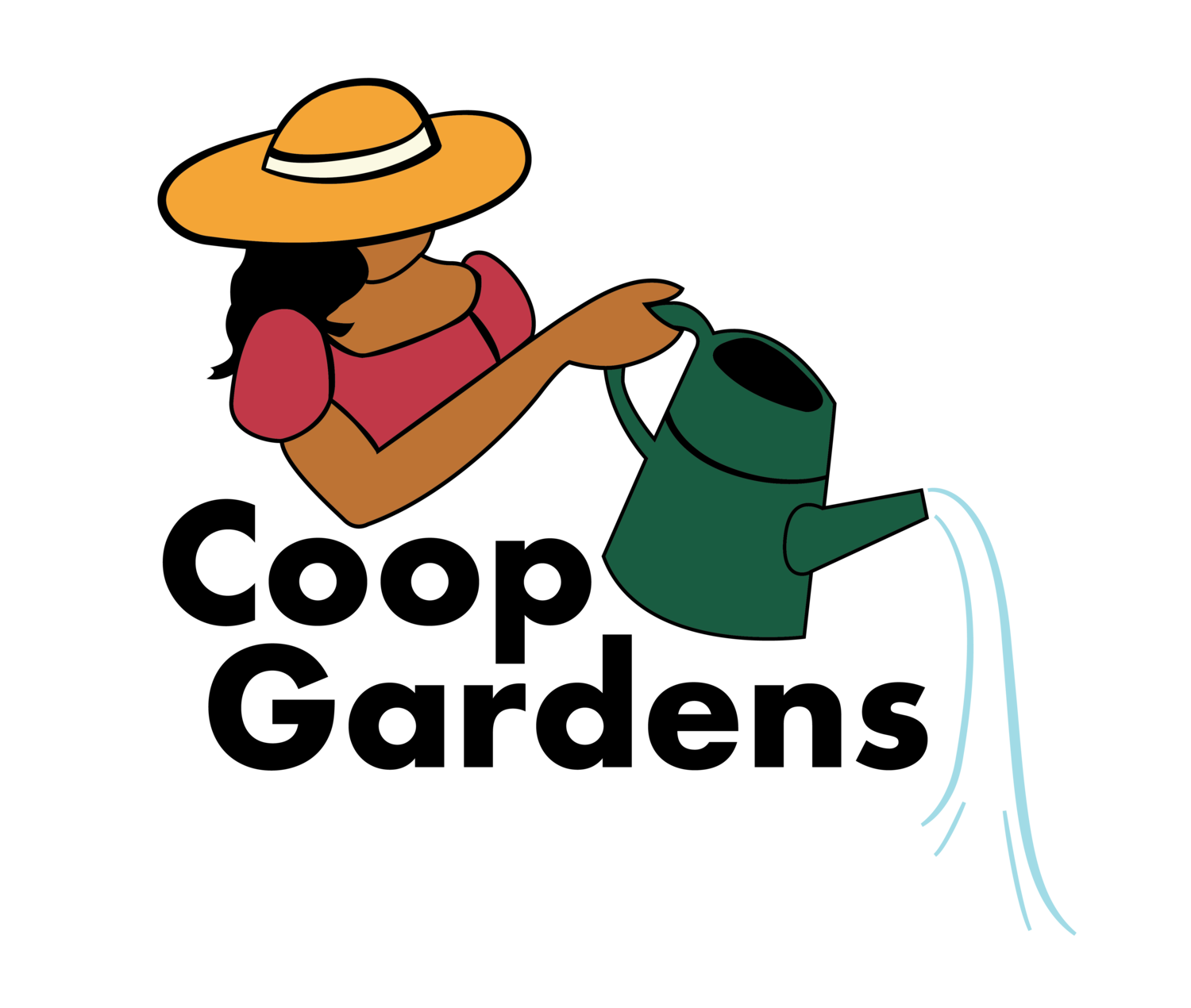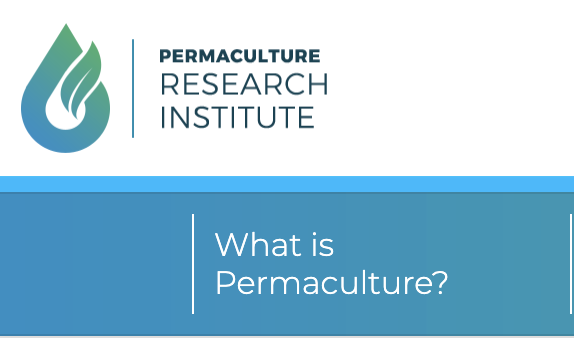Consider: Feeding the Soil, Saving Seeds, Afro-Indigenous Permaculture Practices, Permaculture, Agroecology!!
Cover cropping
“Cover crops planted in late summer are an inexpensive way to build better soil for gardening. Cover crops often are called green manure crops. They are grains, grasses, or legumes that will grow during fall and winter and that you can plow, spade, or till under in the spring. During their growth, cover crops help reduce soil compaction and prevent erosion. Their roots penetrate and help loosen heavy-textured soils, allowing better air and water penetration.” Learn More
Mulching
“Mulching is one of the most important ways to maintain healthy landscape plants. A mulch is any material applied to the soil surface for protection or improvement of the area covered. Mulching is really nature’s idea. Nature produces large quantities of mulch all the time with fallen leaves, needles, twigs, pieces of bark, spent flower blossoms, fallen fruit and other organic material.” Learn More
Seed Saving
“The Community Seed Network is here to help facilitate the saving and sharing of seeds. The reasons for saving and sharing seeds are as diverse as the people who are doing the work. Some people in the community seed movement are activists – keeping seed in the public domain by sourcing, swapping, and freely sharing.”
Agroecology
Agroecology is a farming and land management practice, an academic discipline, and a global movement centered on environmental justice. These links will help you understand the concept and incorporate it into your work: the FAO’s Agroecology knowledge hub and a Agroecology Training Manual from the Third World Network & SOCLA.
Permaculture
Permaculture is relationship-oriented and is based on close observation, critical thinking, and a systems perspective. Individual plant types are not chosen discretely, but relationships between organisms and communities of organisms are to be woven together carefully, considering each plant's relationships to fellow organisms, the overall ecosystem, and the people whose needs it is intended to meet.
Knowledge of such relationships is critical to the practice of Permaculture design, our understanding of ecological processes, our capacity for systems thinking.
Black Permaculture Network
“BPN is a network of Afro-indigenous people who have come together through the practices of permaculture, agroecology, natural living and care of the earth. We recognize and honor the ancestral and historical knowledge that each of these land care practices embrace and strive to broaden inter-cultural dialogue around natural earth care; the love of people, plants and animals.”
Permaculture Research Institute
“The Permaculture Research Institute (PRI) is located on a Permaculture demonstration site in The Channon NSW, and is headed by Geoff & Nadia Lawton. We specialize in education & training worldwide. We also provide daily Permaculture news and information via permaculturenews.org. The Permaculture Research Institute is a not-for-profit organisation, limited by guarantee.”







